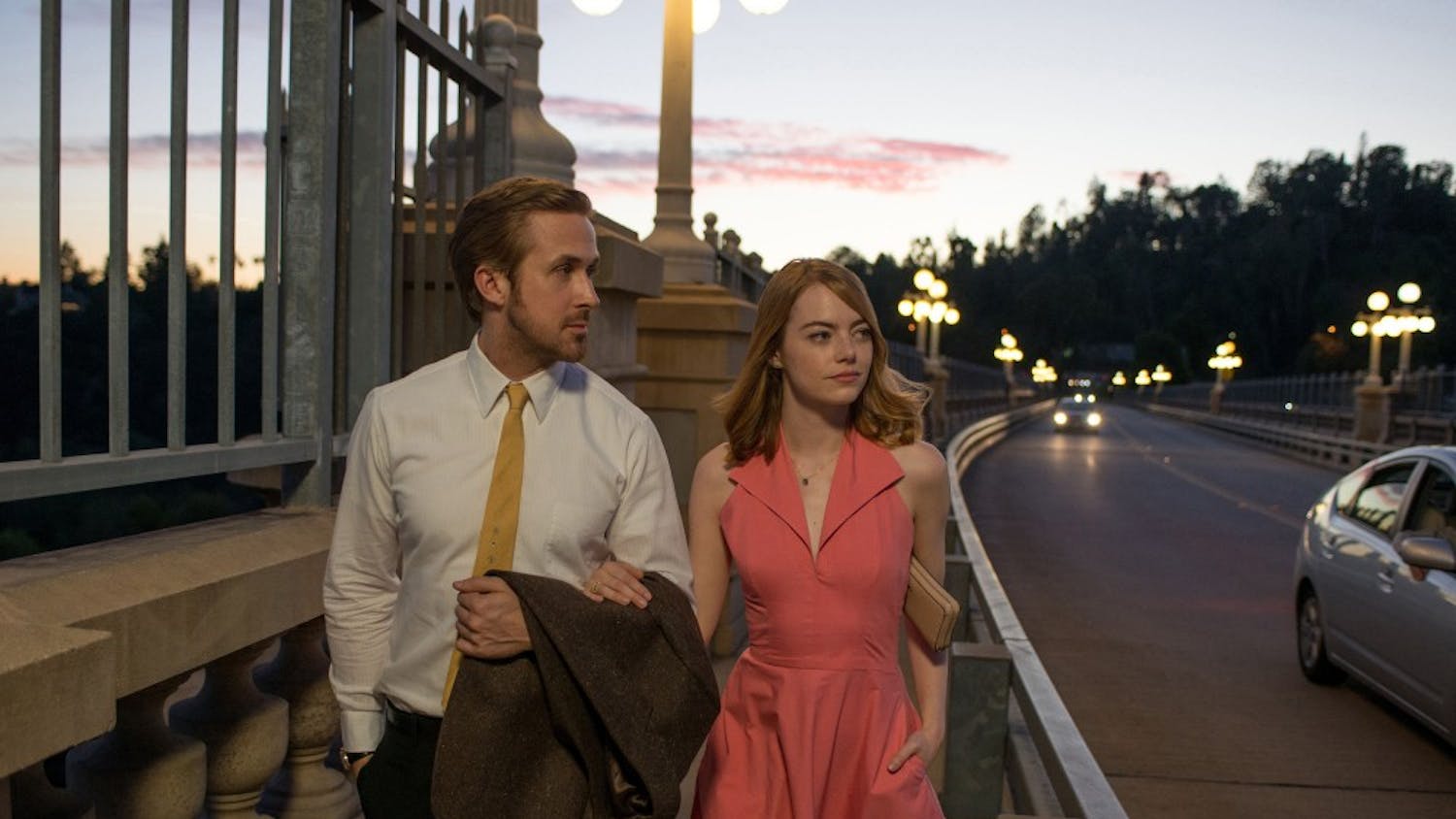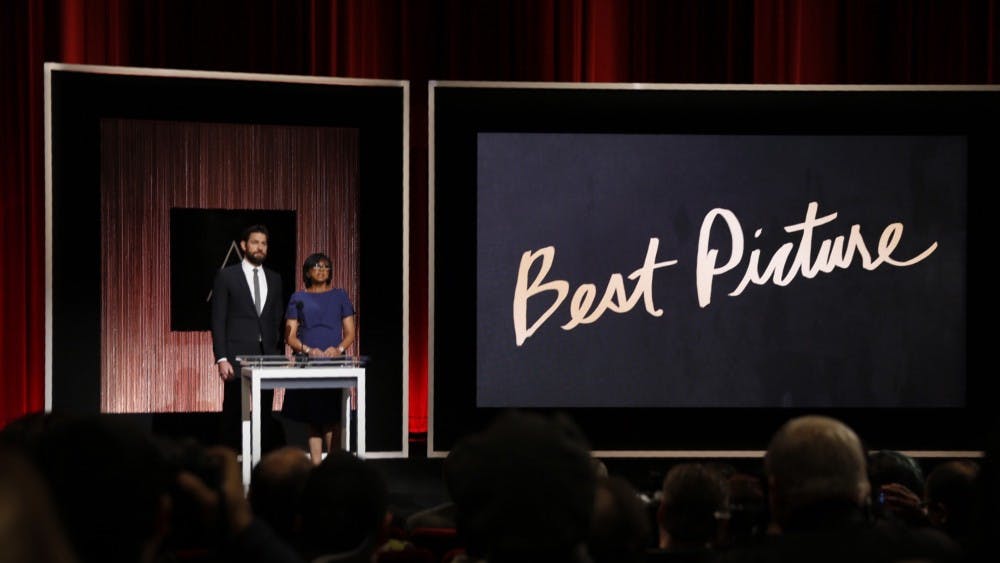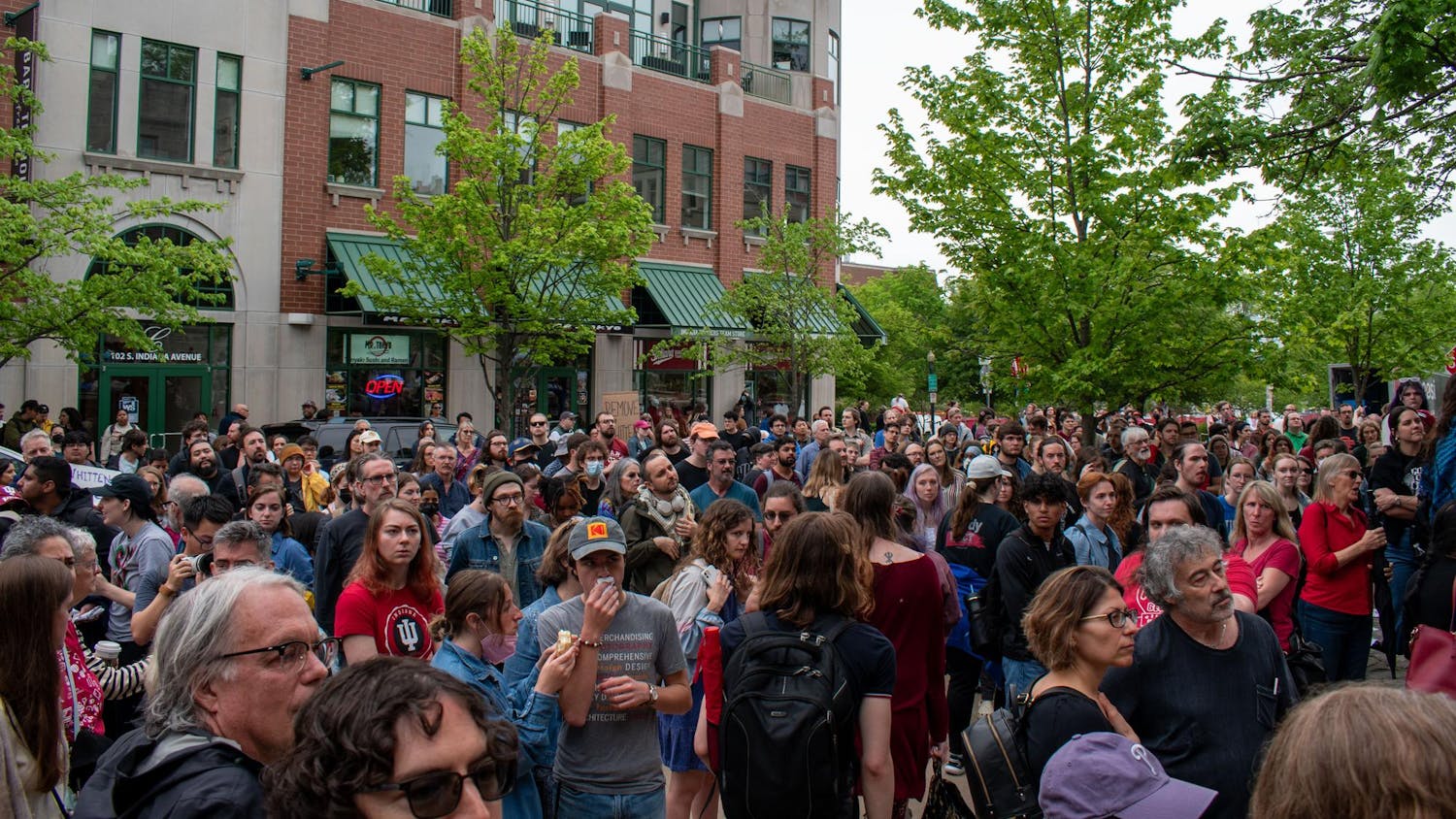Before Beyonce and Jay-Z, Justin and Britney and even before Joanie and Chachi, there was Bonnie and Clyde.
It’s hard not to romanticize the story of 21-year-old Clyde Barrow (Warren Beatty) and 19-year-old Bonnie Parker (Faye Dunaway), two bored Texans during the Depression era who decide to rob banks for a living. From the instant Bonnie first lays her hands on Clyde’s pistol, she’s hooked.
The 1967 masterpiece “Bonnie and Clyde” is a sexy and adventurous recount of America’s most notorious outlaw couple and their two-year, five-state journey of criminal delinquency. For some reason, this gorgeous film seems to have been overlooked in the past few decades. I hope that with its 40-year-anniversary special edition DVD, it will get the recognition it deserves from our generation.
While the first disc shows a digitally remastered version of the film, the second one is focused solely on special features. This includes commemorative documentaries of the film, additional scenes and Warren Beatty’s wardrobe tests.
Quite easily, however, the best feature is The History Channel’s “Love and Death: The Story of Bonnie and Clyde.” It shows that while the actual film doesn’t make the Barrow Gang heroes over the police, it does overlook the outlaws’ bloody and senseless killings. Additionally, the real story of Bonnie and Clyde wasn’t nearly as fast-paced as the film, but one must keep in mind that “Bonnie and Clyde” covers two years in less than two hours.
What director Arthur Penn brilliantly achieves is the relationship and spirit of Bonnie and Clyde. As the documentary states, the two were inefficient thieves. They didn’t steal for money; they did it for the thrill. And during the Depression, a bank robbery often didn’t mean earning any more than a few dollars.
But the fact that Bonnie and Clyde would risk their lives for a measly few dollars enhances the story’s romanticism. The rest of the gang – C.W. Moss (Michael J. Pollard), Clyde’s brother Buck Barrow (Gene Hackman) and his wife Blanche (Estelle Parsons, who won the Best Supporting Actress Oscar for the role) portray a stark contrast. While Blanche is always scared and meek at the sound of guns, it serves as an aphrodisiac for Bonnie.
Although the couple and their posse might have been lousy thieves, they got away with their crimes for a few reasons. Once they rode off in their stolen cars immediately after a heist, they never turned back. And as a scene in the film portrays, police officers were less than willing to leave their jurisdiction.
The cops – or “the laws,” as Clyde calls them – and the gang’s entourage are often the voices of reason and justice throughout the film. But instead of siding with them and rationality, as a viewer, you want to side with Bonnie and Clyde’s criminal recklessness.
As a viewer, once you see the Barrow Gang has escaped, there’s a sense of relief. The film’s ability to capture the essence of each character and the adrenaline high of each heist makes you feel like you’re riding in the backseat. Consequently, you find yourself rooting for the bad guys more than ever before. Throughout their story, it’s not the impoverished sharecroppers who the gang robs; it’s the banks that took away their homes. This Robin Hood element makes them seem more folk-heroic and self-righteous than your average petty thief.
The style of the film is just as capturing as the story, which can be attributed to the smooth wardrobe and poignant art, to which cinematographer Burnet Guffey won the film’s second Oscar. Surrounded by the economic devastation of the Great Depression and its dusty Southwestern roads, Bonnie and Clyde are shown as bright diamonds in the rough. While the majority of the film’s characters are seen as overall-wearing sharecroppers or dusty-suited bank tellers, Bonnie and Clyde always look ready to put on the Ritz. A charismatic and slender Beatty wears finely tailored suits and sharp hats. Although women didn’t appear to wear dresses or skirts above their ankles, Dunaway’s starry eyes, sleek blonde hair and stylish accessories all but make up for it.
Like the real-life Bonnie and Clyde, it’s the uncanny dynamic between Faye Dunaway and Warren Beatty that make this criminal stint classic and enthralling. The two criminals completed each other until their death. The glorification of the deviant criminal existed before and after “Bonnie and Clyde,” but no one has ever made the thrill of violence so gripping and so glamorous.
Love at first bullet
Get stories like this in your inbox
Subscribe





